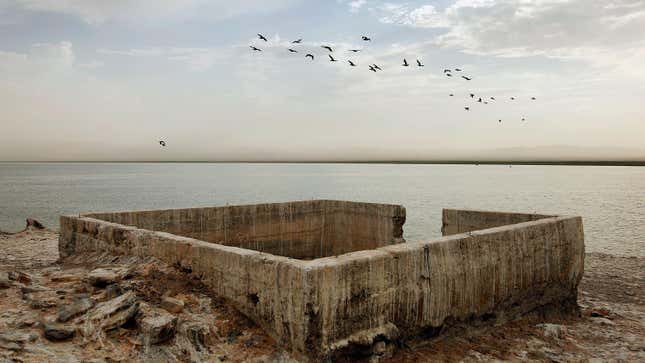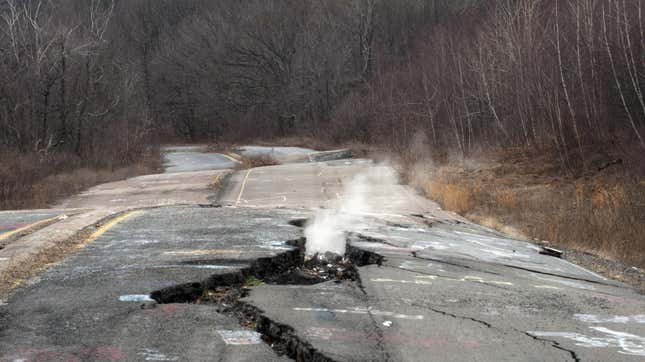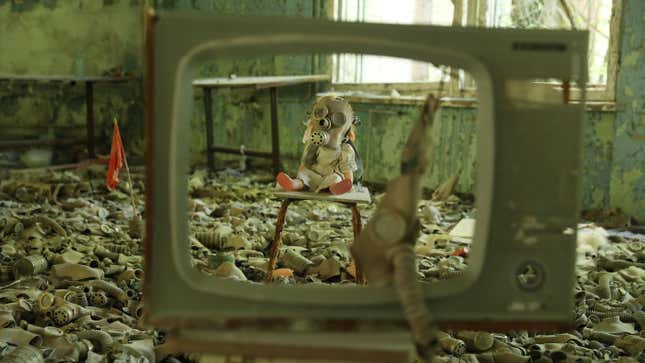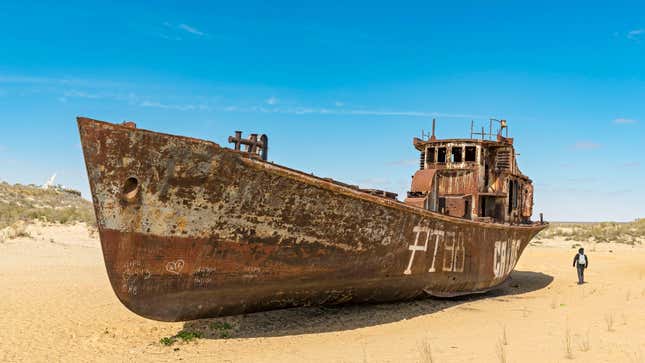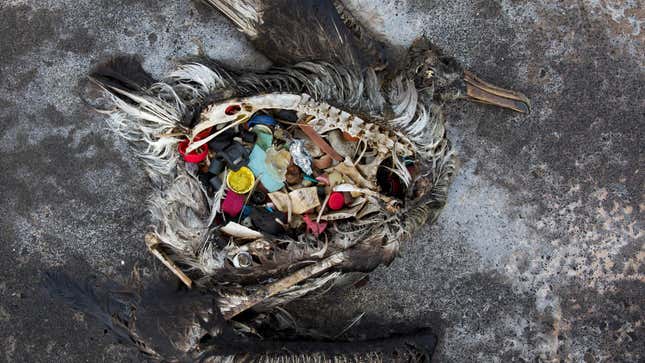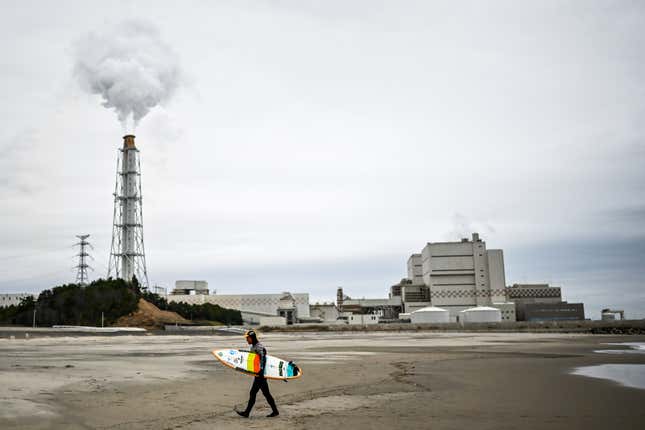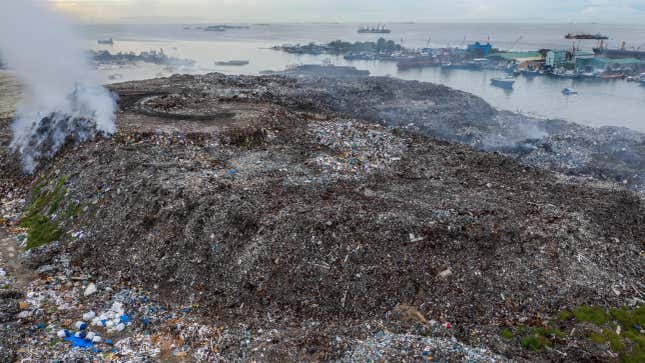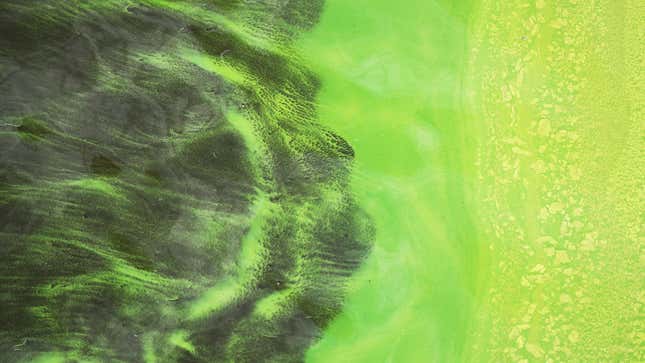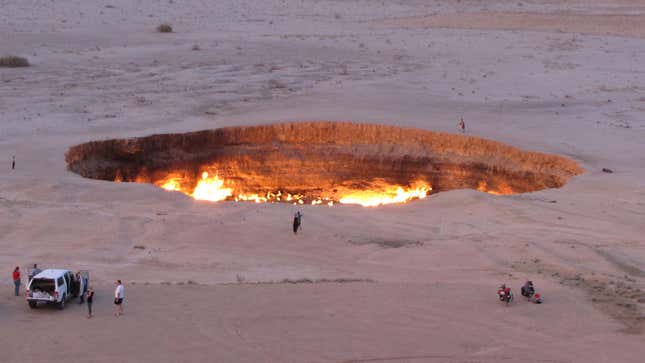
Earlier this week, Turkmenistan President Gurbanguly Berdymukhamedov said the country will renew its efforts to close the Gateway to Hell, a massive natural gas fire that’s been burning since 1971 in the middle of the desert.
Extinguishing the fire—the result of an industrial mishap—is arguably a net good. But it would put a crimp in the tourism economy that has sprung up around the unnatural wonder. It’s rare to see the Earth belch fire, let alone due to reasons that are entirely due to human folly. That said, fixing the problem is absolutely the right thing to do.
But the Gateway to Hell is far from the only site of environmental calamity that has either become a tourist destination or occupied a special place in our collective conception of the world. Visiting these places is a somewhat fraught proposition. There’s something undeniable about wanting to see, say, Chernobyl for its time capsule-like qualities. But the meltdown that took place there also displaced hundreds of thousands and resulted in an unquantified number of deaths.
There are ways to visit these sites that honor the damage to people’s lives or the natural world. And, in fact, there’s good reason to do so. Bearing witness to the environmental calamities in our midst can help us understand how human error, negligence, or hubris (or sometimes a mix of all three and then some) caused them. In an era of climate change, the lessons from these places have only become more important. It’s only by learning from what brought ruin in the past that we can avoid repeating the same mistakes.
